Hello Friends,
I’m writing this before heading out my cabin door, gloves and weed-bag in hand, to spend a sweaty day hand-pulling cheatgrass, an invasive annual grass, here at Ring Lake Ranch in west-central Wyoming.
The ranch, a spiritual retreat place run as a guest ranch, lies in the Torrey Creek drainage of the Wind River Range, traditional territory of the eastern Shoshone people, whose ancestors’ lives centered on the area’s wild bighorn sheep herds.
This chunk of “sacred wilderness” runs from 7,500 feet elevation on the shores of Trail and Ring Lakes up to forested ridges around 9,000 feet that themselves are the shoulders of the high, snow-splotched alpine peaks of the main mountain range.
It is breathtakingly beautiful country, and it is also warming and drying with climate change, the glaciers that carved these deep, flat-bottomed valleys long gone, the permanent snowfields they left behind melting out now, and the shady and cool forests struggling with increasing heat, drought and overcrowding from lack of natural fire.
The aromatic sagebrush-grasslands that nurture elk, deer and bighorn sheep and protect the crystal-clear trout streams are threatened by invasive grasses like cheatgrass that fuel frequent fires, obliterating the plant community that weaves healthy soils and waters.
Change is inevitable in life. We can’t turn back time. We can’t hold anything constant—without change, life would stop.
What we can do is consciously engage in a reciprocal relationship with this earth and the lives with whom we share the planet. We can work to mitigate the worst effects of unnatural change caused by the unplanned results of human technology. We can help landscapes and human communities be as resilient as possible in the face of climate change.
Which is why I am here at the ranch this week, spending my days searching out and hand-eradicating an invasive grass which endangers the resilience of this landscape, a beautiful and beloved retreat-place for all.
Here are some photos to give you a taste of what I’m working to protect.
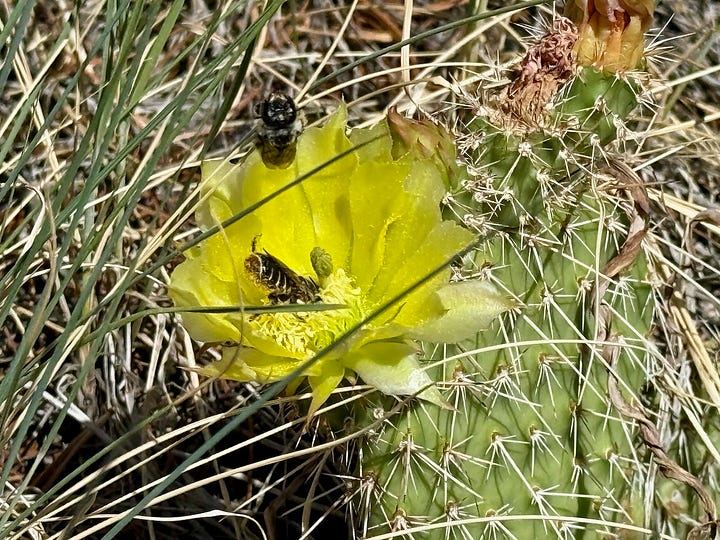
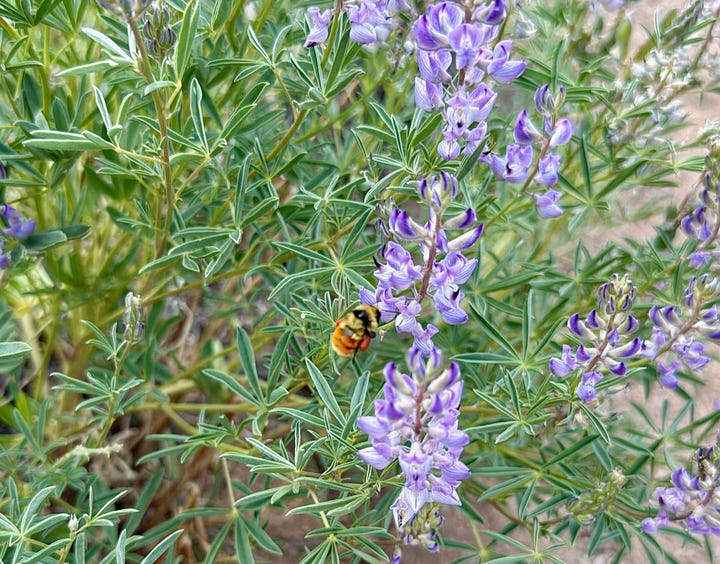
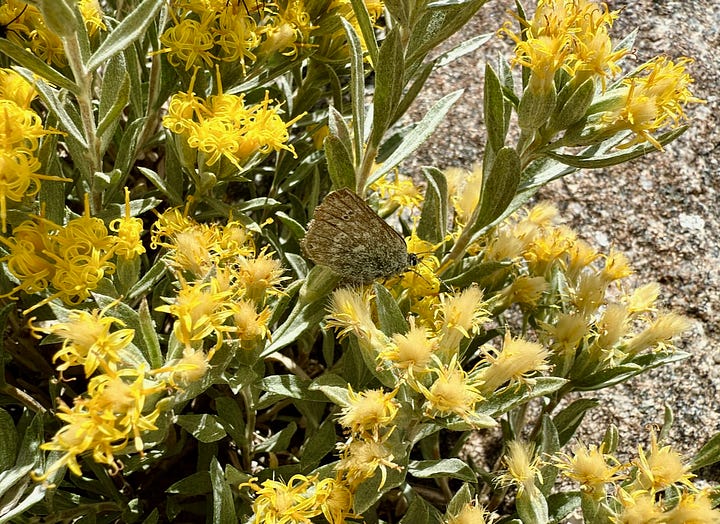
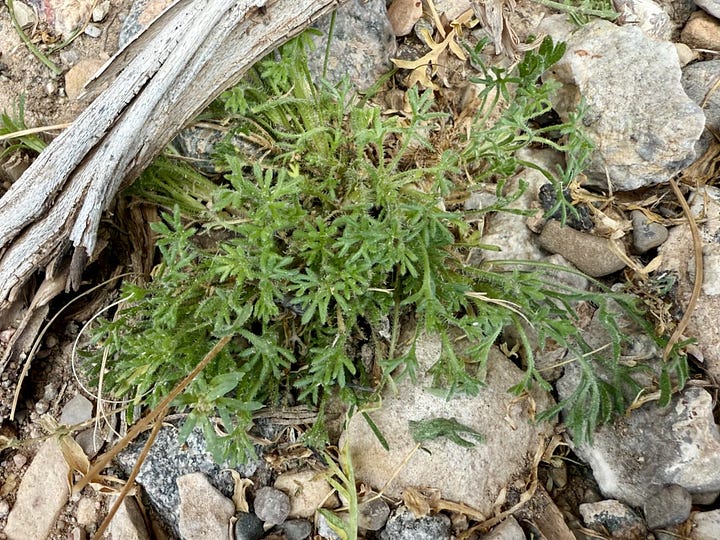
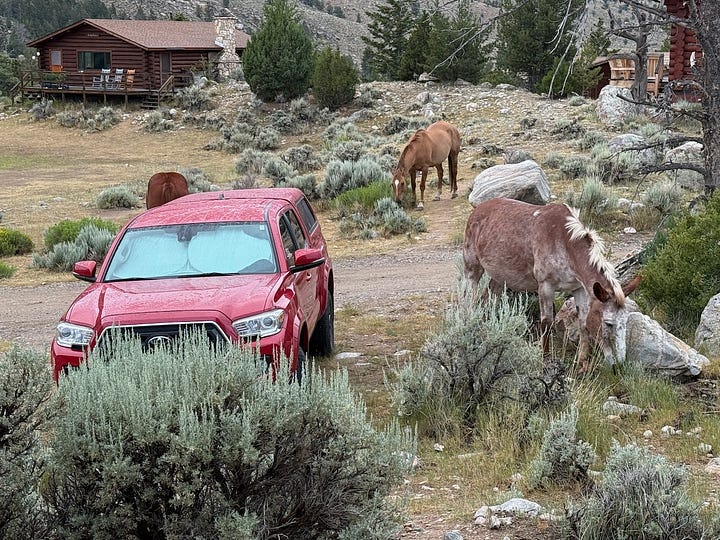
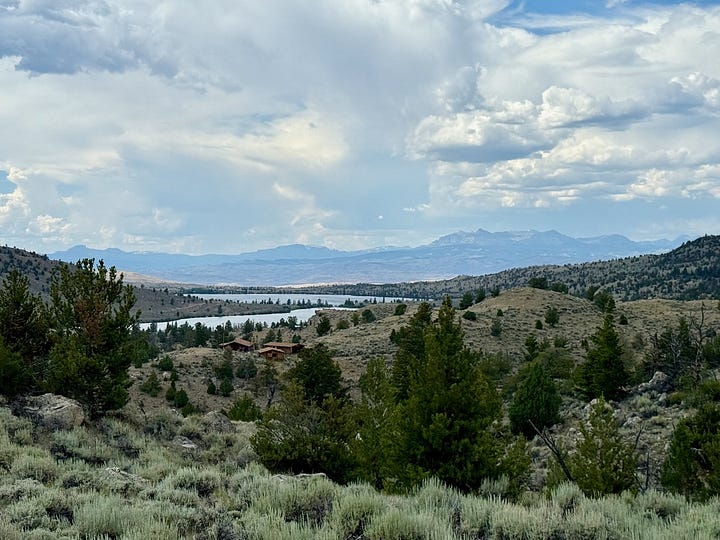
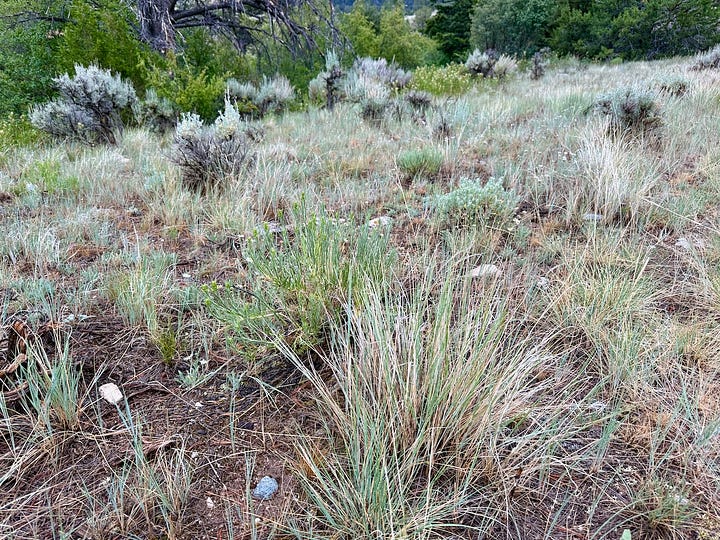
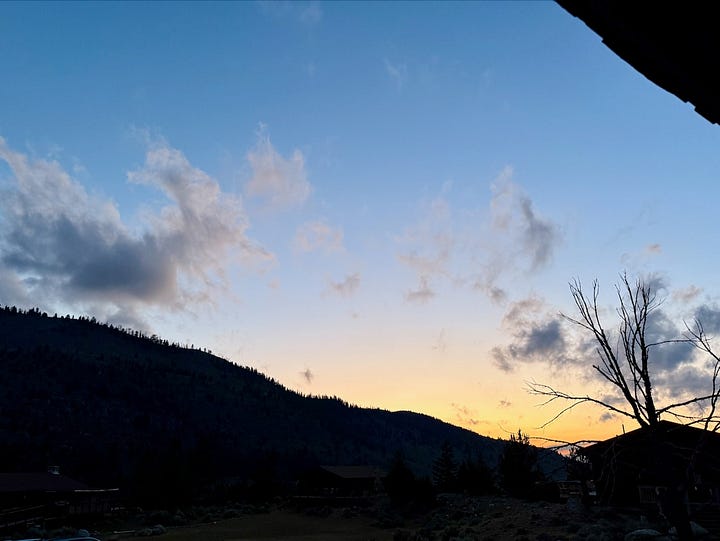
One of the best antidotes to despair and grief over the state of the world is to cultivate a reciprocal relationship with the places you love.
Any of us can begin by simply appreciating the community of the land, whether that’s stopping to listen to the summer bird chorus and saying thank you to those winged lives for sharing their music, or learning the names of plants and animals and greeting them each day.
It is enormously enriching to find regular ways to give back, to help the community of the land rebuild resilience in the face of climate change. You could, for instance, volunteer for a nature organization, nature center, regenerative farm or other organization involved with land/water stewardship, and learn what your place asks of you.
We each have gifts to give this earth, and now is the time to offer them.
There is a kind of grace that comes with kneeling on the soil, grubbing weeds in service to the community of the land.
—Susan J. Tweit, “Weeding Yellowstone,” Humans & Nature Journal
Making time to give back to this Earth is a powerful way to heal our world and ourselves.
Blessings to you all,
Susan



ooo--i recognized that view! Experienced RLR for the first time last month, though i've loved the Torrey Creek area for decades and wander that way annually, often to escape the long-lasting spring snowpack on our side of the mountains. Happy to see the Major too ;-). While i visited the ranch petroglyphs early one morning, a chukar popped out of the brush, and ranch people were happy to hear that--though chukar were introduced for hunting--these birds co-evolved with cheatgrass and are one of the only beings able to find nutrition in it. Thank you for being part of the effort to keep it from taking over so much wildlife habitat.
I always love seeing your pictures and reflections of RLR. The two times I spent there were so renewing and healing for me. I would go back in a heartbeat if I were healthy enough. Thank you for teaching us about reciprocal relationships with our home.